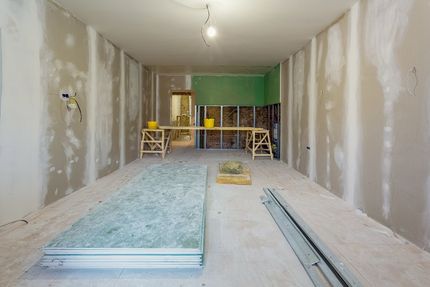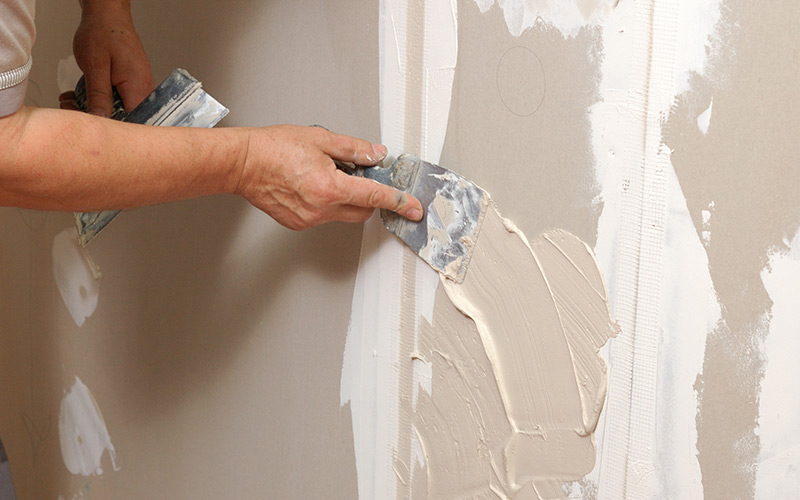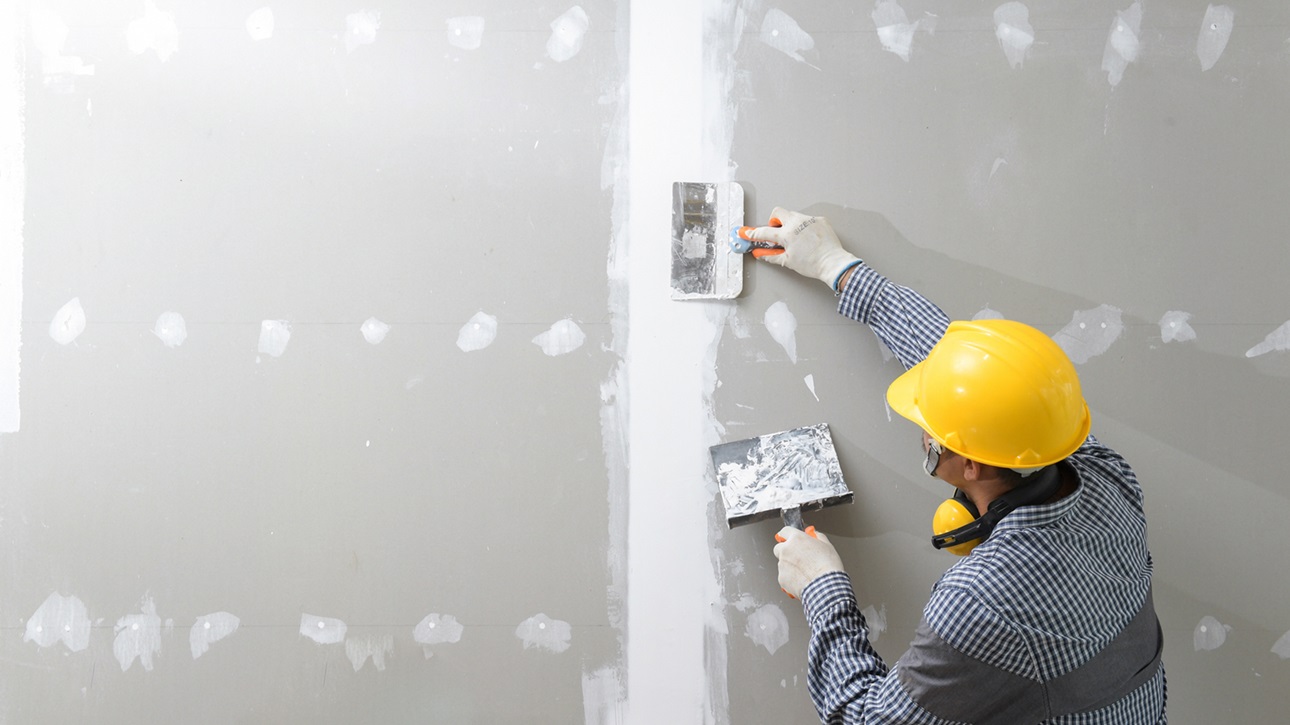Total Overview to Reputable and reliable Drywall Installation
Drywall setup is a critical part of any building and construction or remodelling task, requiring a careful approach to make sure both efficiency and dependability. It is important to explore the subtleties of each step in the procedure, as they jointly contribute to the general success of the drywall installment.
Crucial Tools for Drywalling
When starting a drywall installation project, having the right devices is important for attaining a professional surface. Crucial tools include a drywall knife, measuring tape, and a T-square, which are fundamental for precise dimensions and smooth cuts. A drywall lift is additionally extremely beneficial, specifically for ceiling installations, enabling simpler handling of hefty panels.
For fastening the drywall, a cordless drill and drywall screws are necessary. The drill must be outfitted with a drywall bit to ensure performance and accuracy. Furthermore, a key tool is the drywall saw, which assists in cutting about other challenges and electrical outlets.

In addition, safety gear such as shatterproof glass and a dust mask are necessary to guarantee personal safety throughout the installment procedure. Using the right tools not just boosts the high quality of the setup but also simplifies the operations, making the job extra effective general.
Preparing the Space

Next, analyze the condition of the wall surfaces and ceilings. Repair any existing damages, such as holes, splits, or peeling paint, to make sure a smooth and even surface for drywall application. Additionally, check for electric outlets, plumbing lines, and cooling and heating ducts, marking their areas to avoid difficulties during setup.
It is also critical to measure the area properly, figuring out the dimensions of the walls and ceilings to calculate the suitable quantity of drywall needed. Produce a detailed strategy that consists of the layout and positioning of the drywall panels.
Installment Techniques
Effective installment techniques are important for achieving a professional surface in drywall projects. Appropriate dimension and cutting of drywall sheets are fundamental steps. Constantly gauge the wall surface room accurately, enabling any kind of switches or electrical outlets. Make use of an utility knife for clean cuts, scoring the paper face and snapping the board along the racked up line.
When hanging drywall, start from the top and work downward, guaranteeing that the long edge of the board is perpendicular to the framing. Secure the sheets with screws instead than nails, which give better holding power and reduce the risk he said of standing out. Area screws every 12 inches along the edges and every 16 inches in the field of the board.
For corners, use edge grains to attain sharp, tidy sides. When mounting on ceilings, utilize a drywall lift or have a companion help in holding the sheets in position (drywall fort worth). Keep a void of concerning 1/4 inch over the flooring and ceiling to accommodate expansion and contraction
Finishing Touches

Begin by applying joint tape over the joints. This can be either paper or fiberglass harmonize tape, with paper being preferred for its toughness. When the tape is in area, it's time to apply the first coat of joint compound, additionally referred to as mud. Use a 10 to 12-inch taping blade to spread the substance uniformly over the taped seams, feathering the sides to blend with the bordering drywall.
Enable the substance to dry thoroughly, normally 24 hr. After drying out, sand the surface gently with fine-grit sandpaper to eliminate any type of imperfections. drywall contractor. Repeat the mudding and fining sand procedure, usually 2 to 3 coats, ensuring each layer is smooth and flush with the drywall surface area
Usual Mistakes to Avoid
Several DIY fanatics encounter risks during drywall installment that can compromise the results. One common error is falling short to effectively determine and reduce drywall sheets. Incorrect cuts can bring about gaps and irregular seams, making completing a lot more labor-intensive. In addition, neglecting to surprise joints can produce powerlessness in the wall, leading to prospective drooping or cracking with time.
Another regular error is incorrect fastening. Utilizing too couple of screws or nails can lead to loose drywall, while overdriving bolts can create the paper to tear, weakening the framework. It's crucial to maintain consistent spacing, generally every 16 inches, and to guarantee that fasteners are flush with the surface.
In addition, not resolving moisture problems before installment can cause mold and mildew growth and architectural damage. Always evaluate the environment and usage moisture-resistant drywall in high-humidity locations.
Conclusion
Efficient and trusted drywall installation needs thorough attention to detail throughout the process. Preventing usual mistakes even more adds to get redirected here a specialist result, underscoring the importance of accuracy and method in successful drywall projects.
It is crucial to check out the nuances of each action in the procedure, as they jointly add to the total success of the drywall installation.When beginning on a drywall setup task, having the right devices is crucial great post to read for achieving an expert surface.For securing the drywall, a cordless drill and drywall screws are needed.Appropriately preparing the room is crucial for an effective drywall installment.Reliable installment strategies are essential for achieving a professional finish in drywall projects.